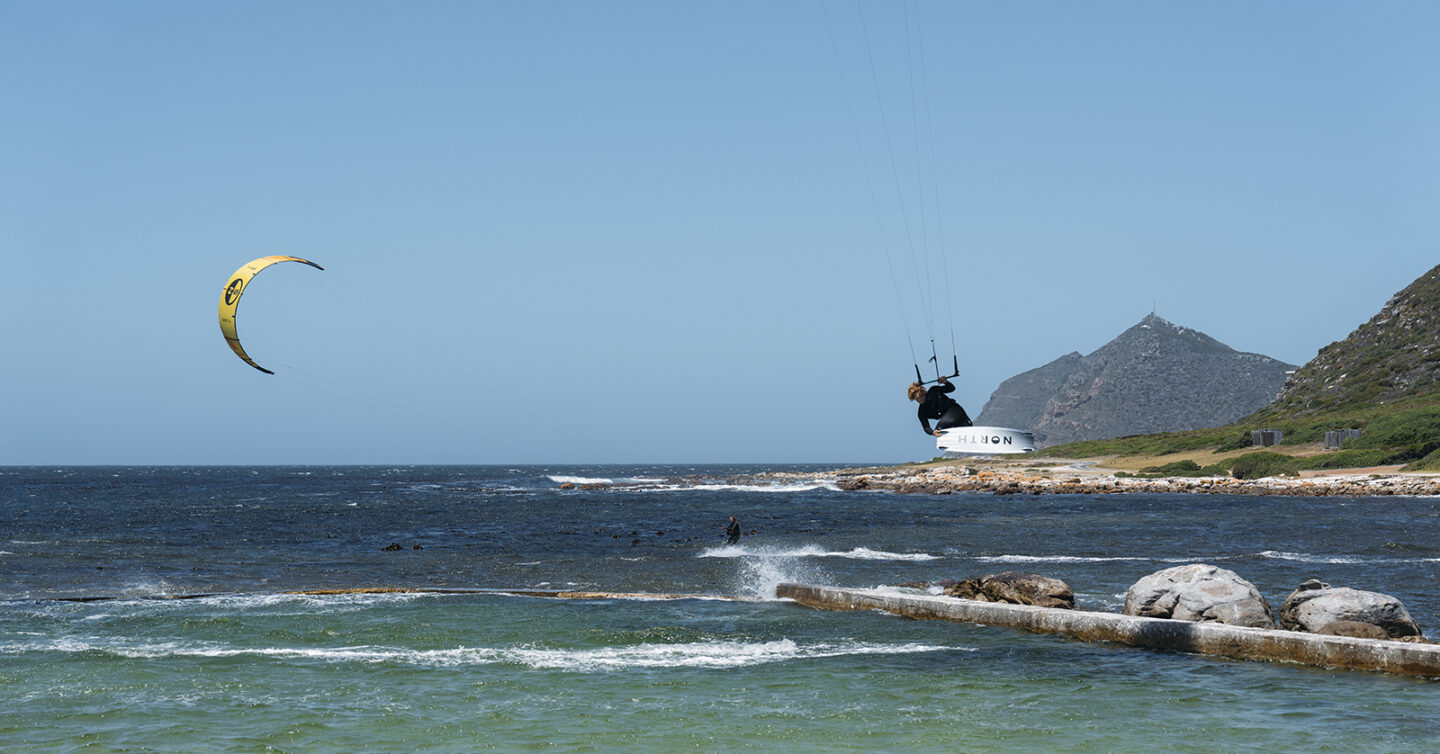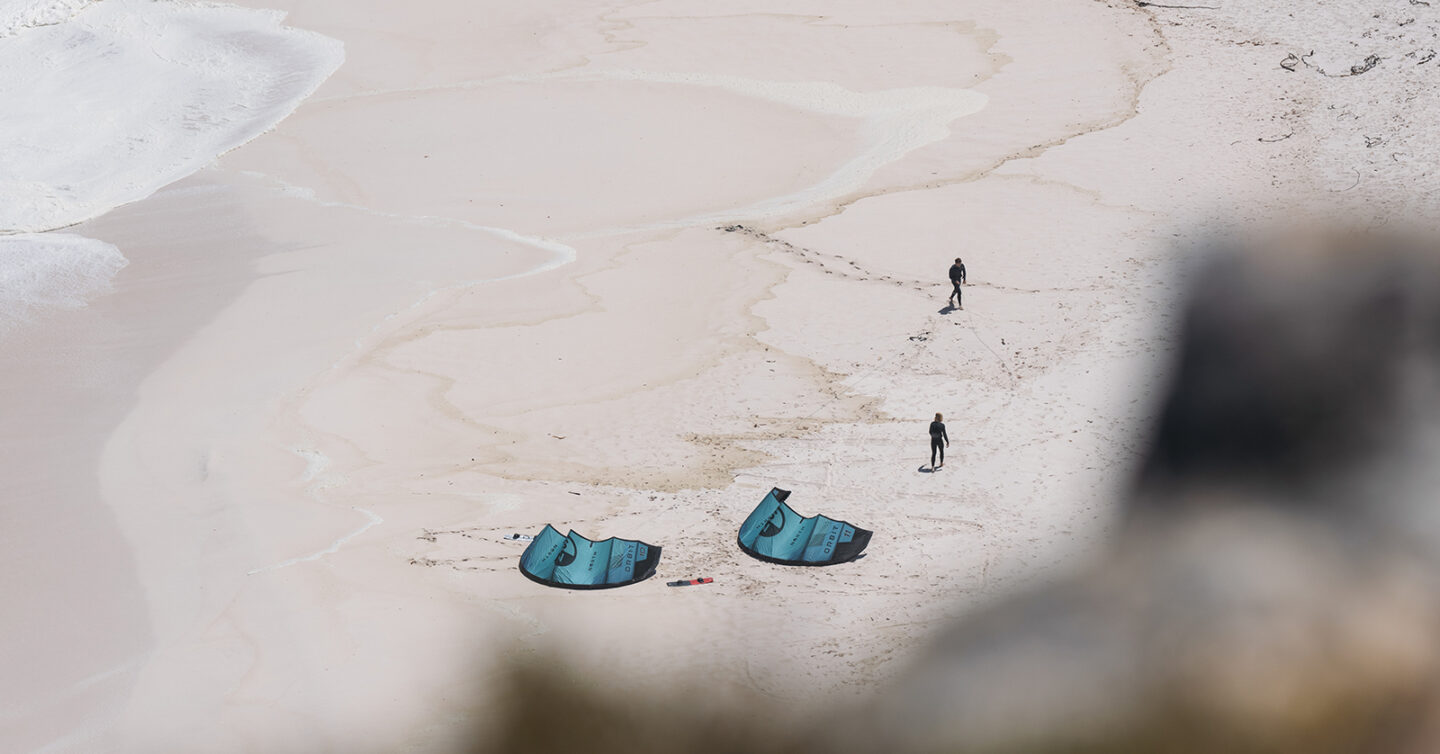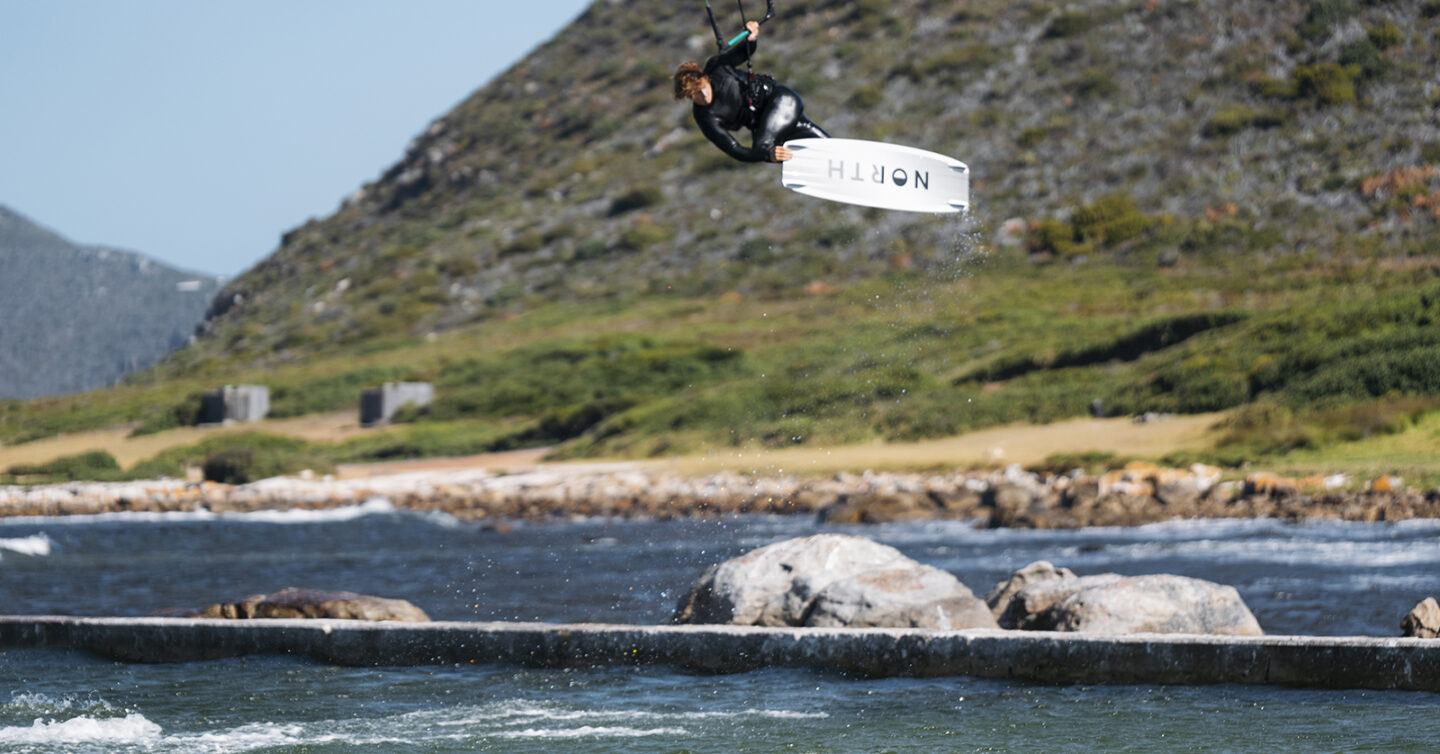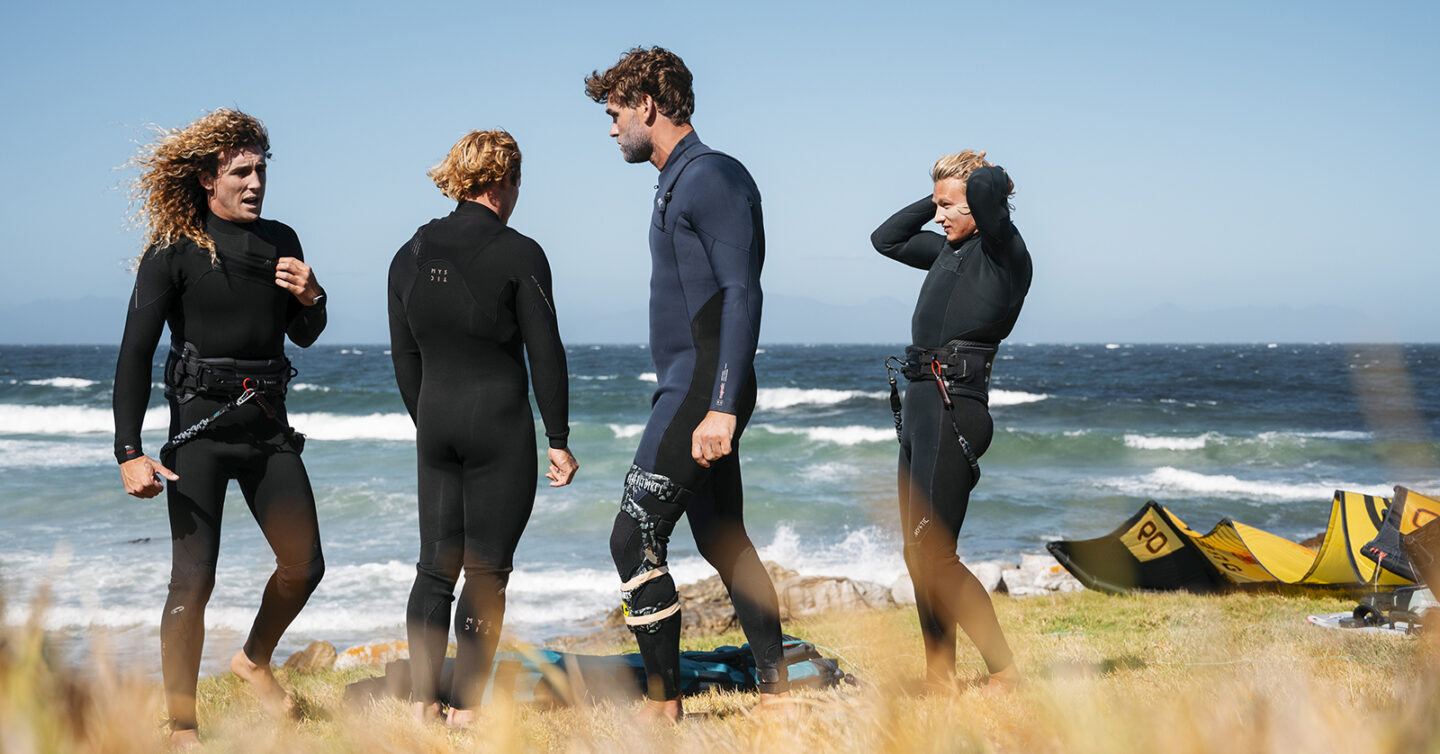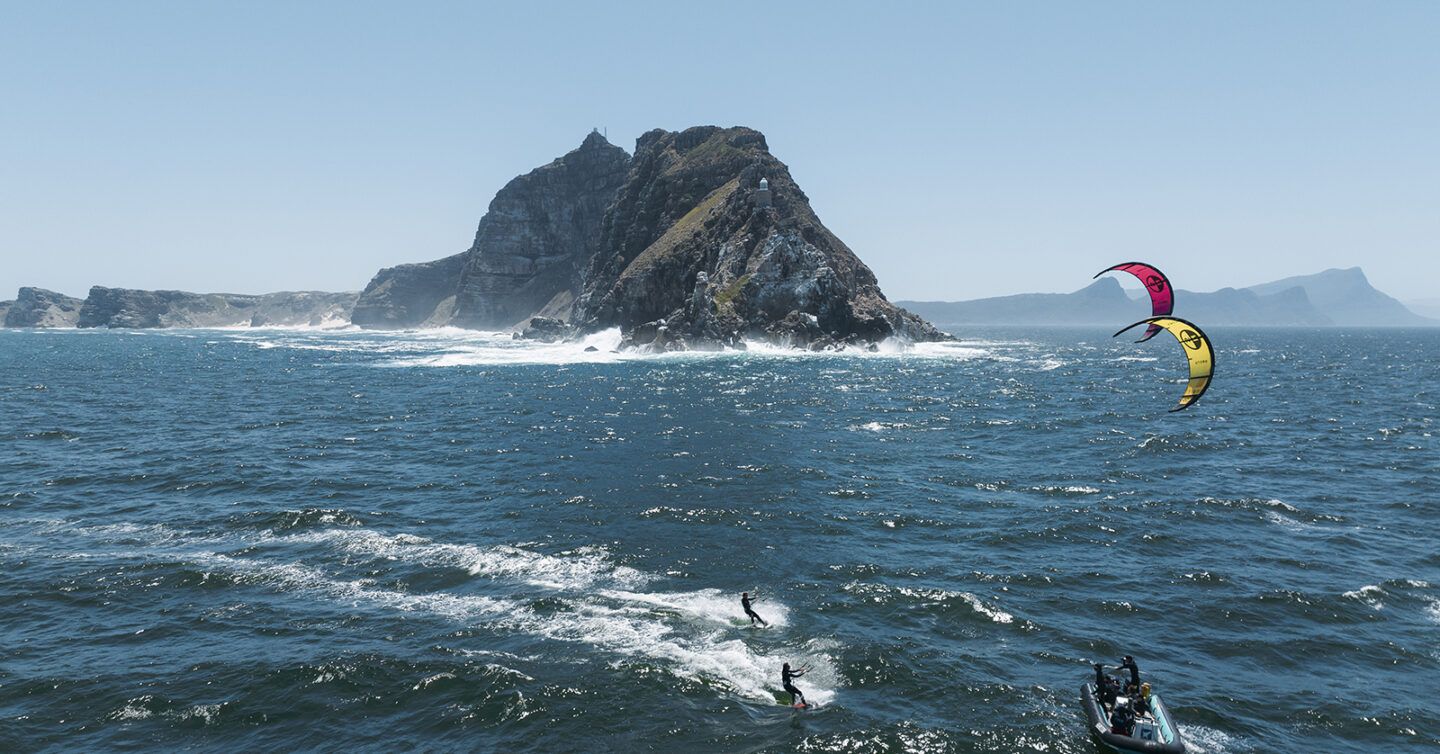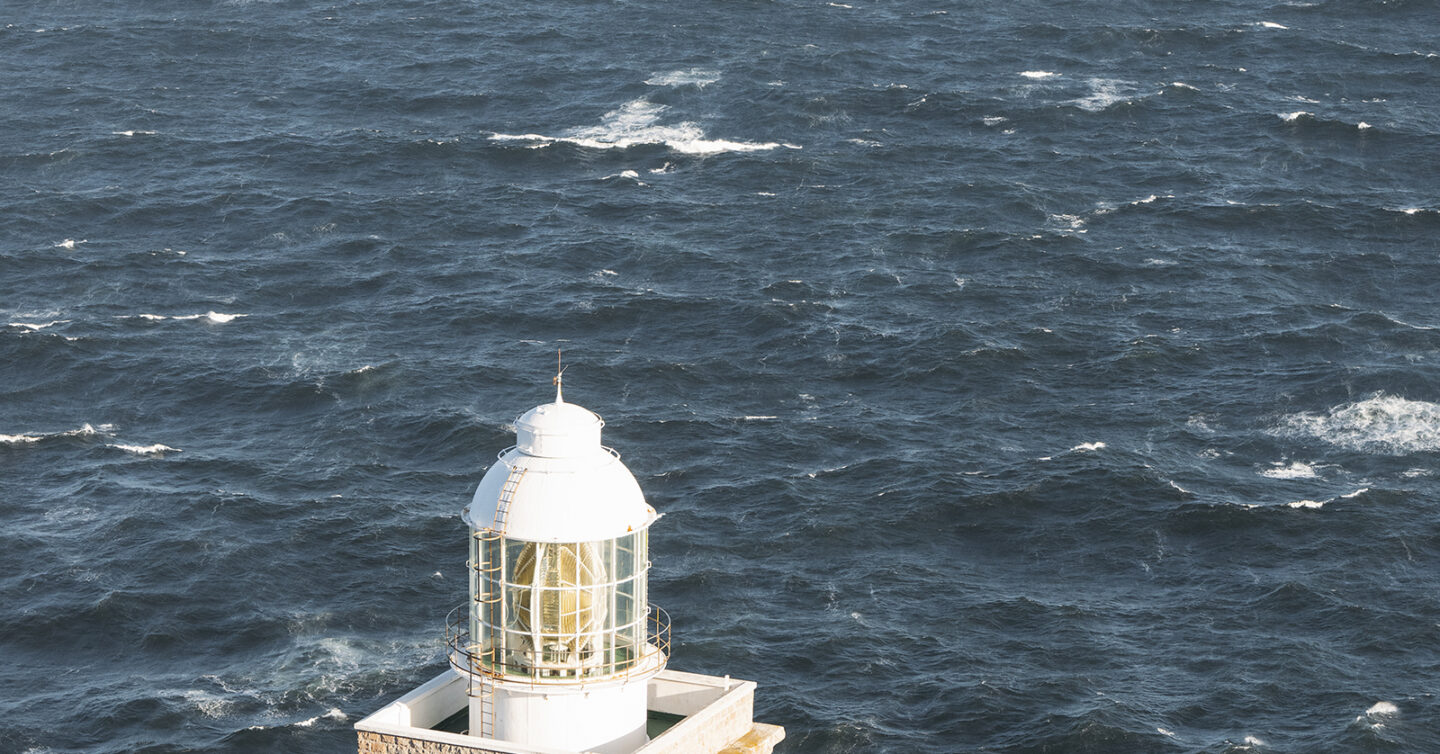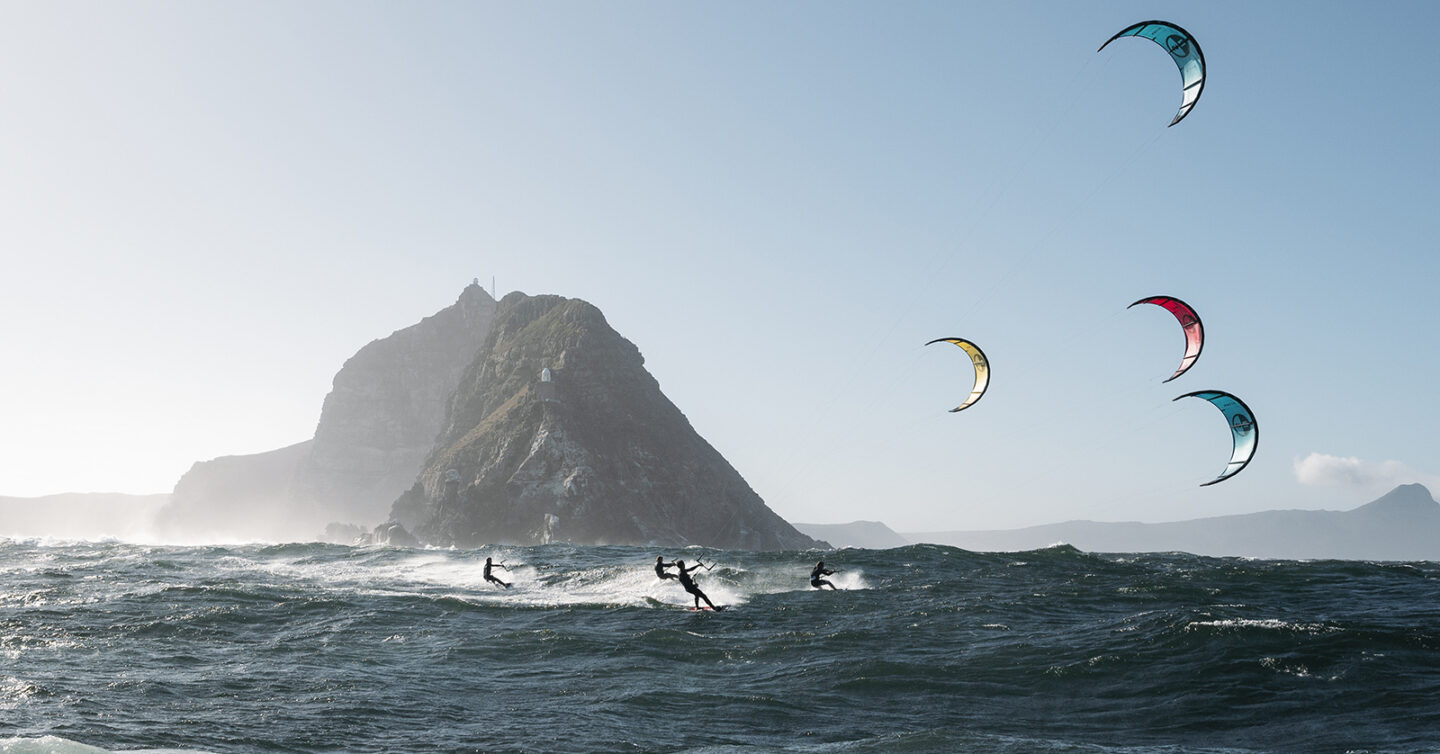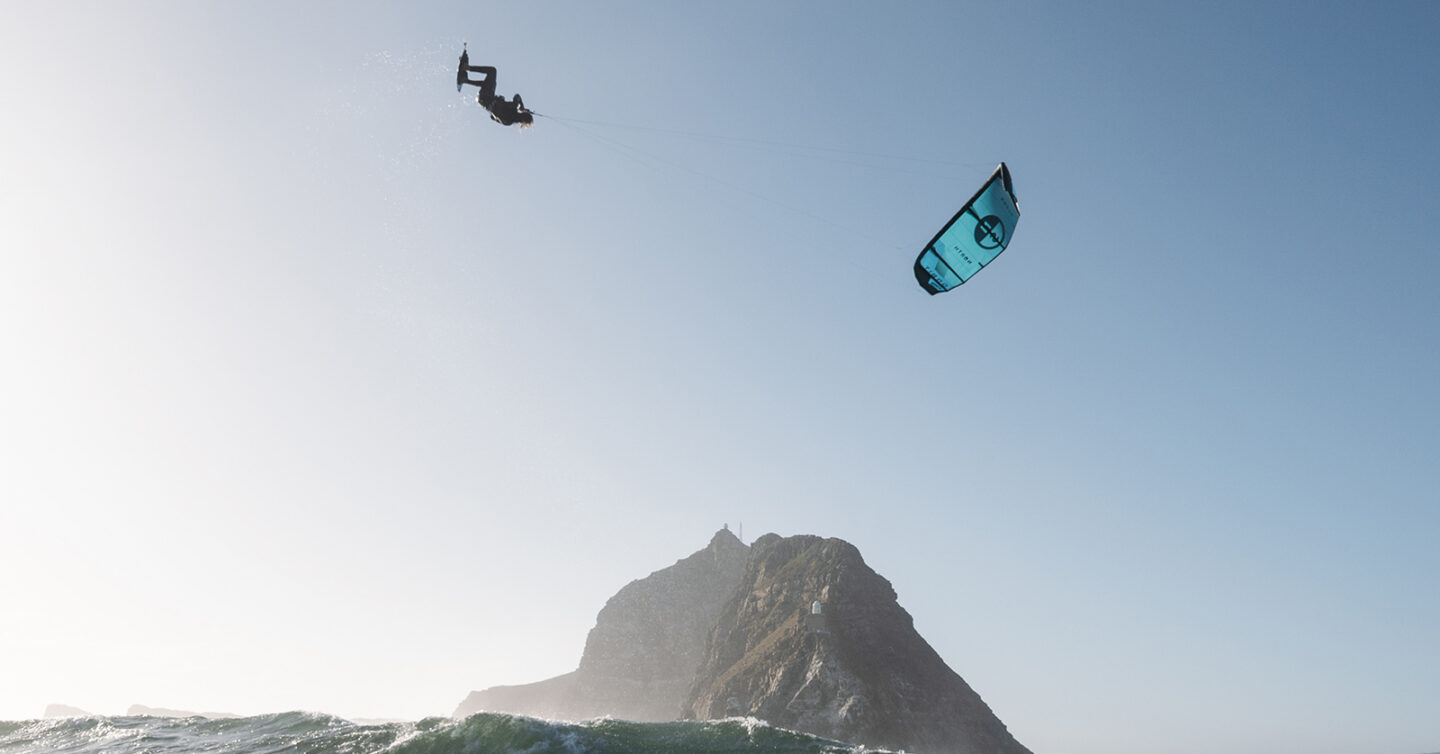When Graham and Cohan arrived at Diaz Beach, they were faced with the grim realization that there was no wind present at the beach down below. In addition to the super light winds, a three-meter ground swell from the southern Atlantic Ocean was detonating along the coast against the steep cliffs of the mountainside. Meanwhile, on the boat, Miles, Maarten, Luca, Jett, and I smoothly navigated beyond the safety of False Bay and into the big blue sea. It was a suspiciously smooth drive, but we only noticed how light the wind was when we stopped moving the boat. It was unexpected as we were very much in the epicenter of the summer kiting season, and the forecasts were all looking favorable. At the tip of Cape Point, the southeast wind meets the sheer and mighty mountainside and is forced to diverge, blowing cross-shore along the west-facing edge of the peninsula towards Platboom Beach and blowing onshore along the east-facing edge of the peninsula towards Buffels Bay beach. I believe this is the reason that in front of the point itself, the wind was not blowing at total capacity.
Jett and Luca hopped off the boat on their 11m and 10m Orbits respectively. The land camera team consisting of Adam and Andy, kept in contact using two-way radios with Miles, Maarten and myself on the boat, capturing the action from there with the iconic backdrop in sight. We got word over the radio that Graham and Cohan would not make it out due to the lack of wind on the shoreline. Jett and Luca managed to get a few tacks in and sneak in a few loops, but the wind was too light for the action we had envisioned. After about two hours out at sea, we accepted that this would be the maximum wind strength and decided to take what we had and head back to shore. We caught word that Kitebeach, Blouberg, had nuking winds that very afternoon, so we raced from Cape Point back to Blouberg in time for a super productive sunset shoot at Dolphin Beach.
Although we kited out at Cape Point as initially planned, it was clear that we had unfinished business… The type of shots we had envisioned required at least twice the wind strength, and we all knew this. Five days later, we set out to kite Cape Point again. This time, Alex was the first on the scene, getting eyes on the spot in the early hours of the day before deploying the entire team. The updates came reeling in from Alex and it was clear that this was the day! Wave riders at Platboom on their 5m kites coming off the water overpowered, rivers of sand streaming across the coastal roads, and a wind-torn ocean of white caps – the Cape of Storms was revving at full force.
The energy in the car park that morning was potent. It was a different caliber of ocean to what we had attempted with the mission five days earlier. The ocean surface was being ripped up by the gale-force southeast wind and blasting the sand against our legs. After the success of our previous boat ride out, we decided to attempt attaching the kites of all four riders to our boat and towing them upwind to where we would be riding. This meant having two kites positioned on each side of the boat, which would require some precise piloting from the riders to keep the kites from getting tangled. In addition, we would be placing a massive trust into the equipment, which would be under insane amounts of pressure due to the boat motoring straight upwind for the 12-kilometer journey while navigating the rough seas.
One by one, the riders launched their kites and started to tack out to sea while we launched the boat through the kelpy slipway. The first rider on the boat was Jett, then Luca, then Cohan, and finally Graham. We had the chicken loops fastened around a pole that ran through the center of the boat’s deck; it was no simple feat releasing each kite and then resetting the chicken loop around the pole, but it was made easier by the modern click-in system of the quick release. Each kite was fully powered in the nuking winds, and it is a massive wonder that the boat did not take off when riding into the wind.
